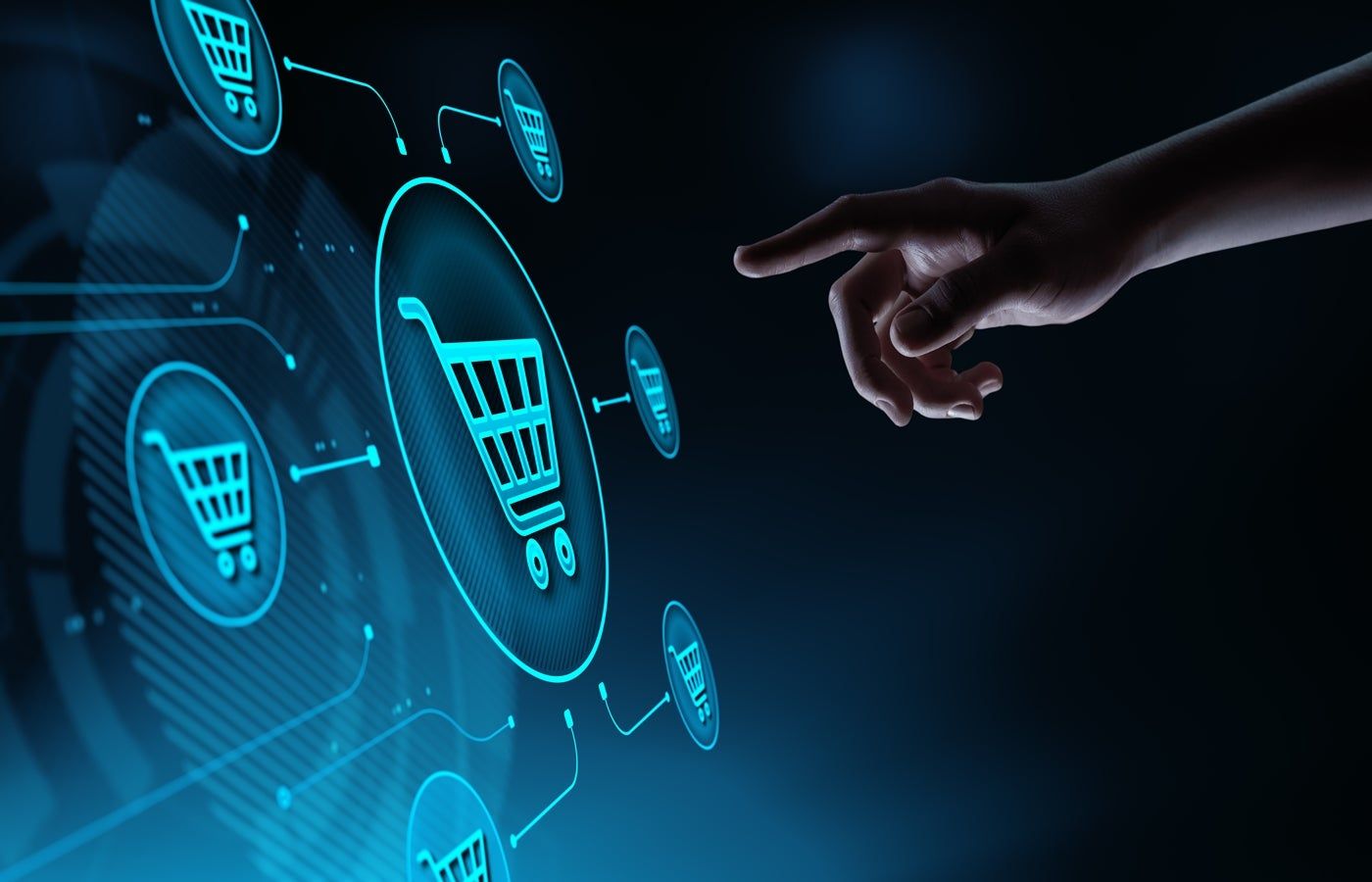Retail stores have come a long way from the mom-and-pop shops of several hundred years ago. Technological innovations, such as the invention of the cash register, the creation of credit cards, and the rise of e-commerce websites, have fundamentally changed the way people shop.
Retail technology, also known as retailtech, remains the driving force behind today's changing retail landscape. Some of the most recent developments include scan-and-ready payments, visual equipment software, and digital price tags.
While these advancements in retail technology are exciting, the entire sector is also filled with jargon and acronyms that are difficult to decipher.
The retail technology market is ready to expand
Statista reports that the artificial intelligence market in retail is projected to reach $31.18 billion by 2028, and that's just one type of technology.
With the retail technology sector expected to grow at an impressive rate, it will be helpful for stakeholders to understand the language.
Understand retail technology concepts
TechRepublic Premium has created a quick glossary of 90 key concepts to help people understand what's going on.
This exclusive resource explains terms in the retail technology sector, such as average transaction size, abbreviated as ATS, which is a metric that refers to the average amount of money spent by a customer in a single transaction. ATS is calculated by dividing the total amount of money spent by the total number of purchases. Also known as average transaction value.
You'll also encounter the concept of checkout completion rate, which refers to a metric that tracks how many people completed a purchase after placing items in their cart. The checkout rate is calculated by dividing the number of completed orders by the number of customers who added items to their cart or started the checkout process but did not complete it.
What's more, the resource sheds light on the cost of customer acquisition. This refers to a broader metric that measures how much money it costs a retailer to acquire a new customer. It includes not only advertising costs but also the costs of sales, marketing, property, equipment, and anything else necessary to attract a customer.
Dig deeper into the glossary to unravel the complexities of electronic article surveillance, abbreviated as EAS, which refers to the use of technology to help deter theft in stores. An example includes placing EAS tags on clothing, which can only be removed by sales associates if the item is checked out and paid for correctly. The tags activate detectors at the store exit if the item is carried through the doors with the tag still attached.
This resource will also allow you to delve into the realm of mystery shopping. Mystery shoppers are used to pose as regular shoppers to observe a store or website and gather information about the customer experience. Summarizes the information into a report and sends it to the retailer to help improve the customer experience.
Elsewhere in the glossary the concepts of dead stock, dynamic pricing, impulse buying and smart shelving are explained.
If this catches your attention, you can download the quick 17-page glossary for $19 at TechRepublic Premium.










